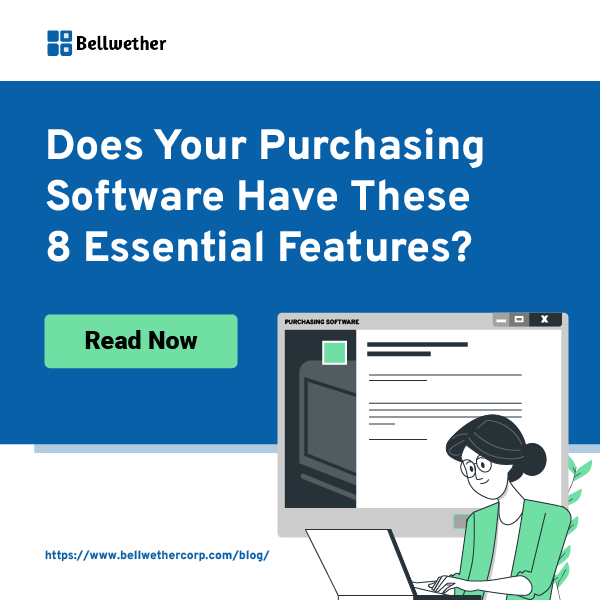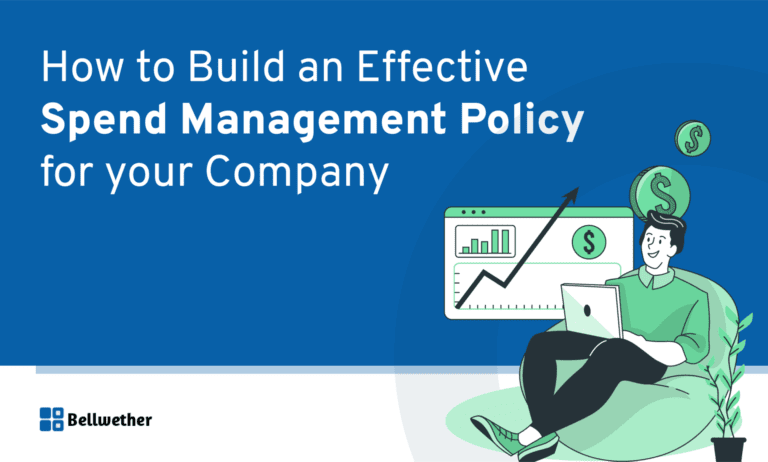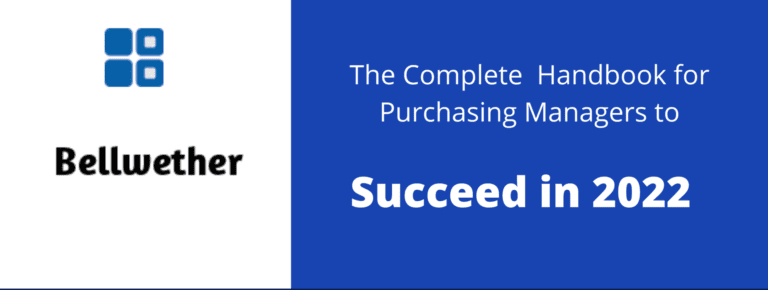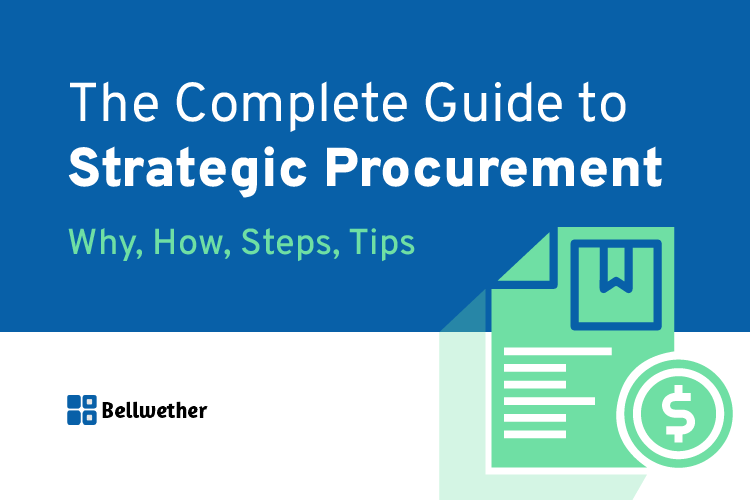Supply chain glitches like shipping and production delays often have a huge impact on your business. However, your key performance indicators may not pick up on all your trouble areas. Here are 3 questions every CEO and purchasing manager should know the answers to. If you don’t know the answers to these questions you should start asking these questions and talking about them.
- Is your supply chain efficient?In today’s business environment it’s not uncommon to see heavy use of buzzwords like lean and agile, collaboration, or abbreviations like CRM, CPFR, IT, SBO, etc. This is all part of making sure your supply chain is efficient, but throwing them around in conversations doesn’t make it so. Look at your customers and see how you treat them. You’ll find that there are different levels for different customers. What is your service policy? Understanding the needs of your different customers, how products are delivered, and the underlying cost drivers. What do your customers really value that your supply chain can help with? Are you offering daily delivery options when grouping together would be more efficient and keep your customers just as happy?
- What does your supply chain really cost to your business?You could be losing money on certain product mixes or certain geographic locations. Costs need to be visible and understood. What is your cost per pallet, item, or widget? What is your cost for storage and delivery to the end consumer? What percentage of orders leave the warehouse with a negative balance from the start?
- Where can you improve your supply chain?On the revenue side can you improve delivery timing. Products not on a shelf don’t sell! Can products be brought to market faster? On the cost side of the equation, procurement and inventory management is a big factor. Many only look at the cost per item when making decisions when the total cost of the supply chain including shipping, delivery, warehousing, storage and all steps along the way should be factored in as well. A different vendor with a higher cost per item may be a better option when looking at the situation as a whole






